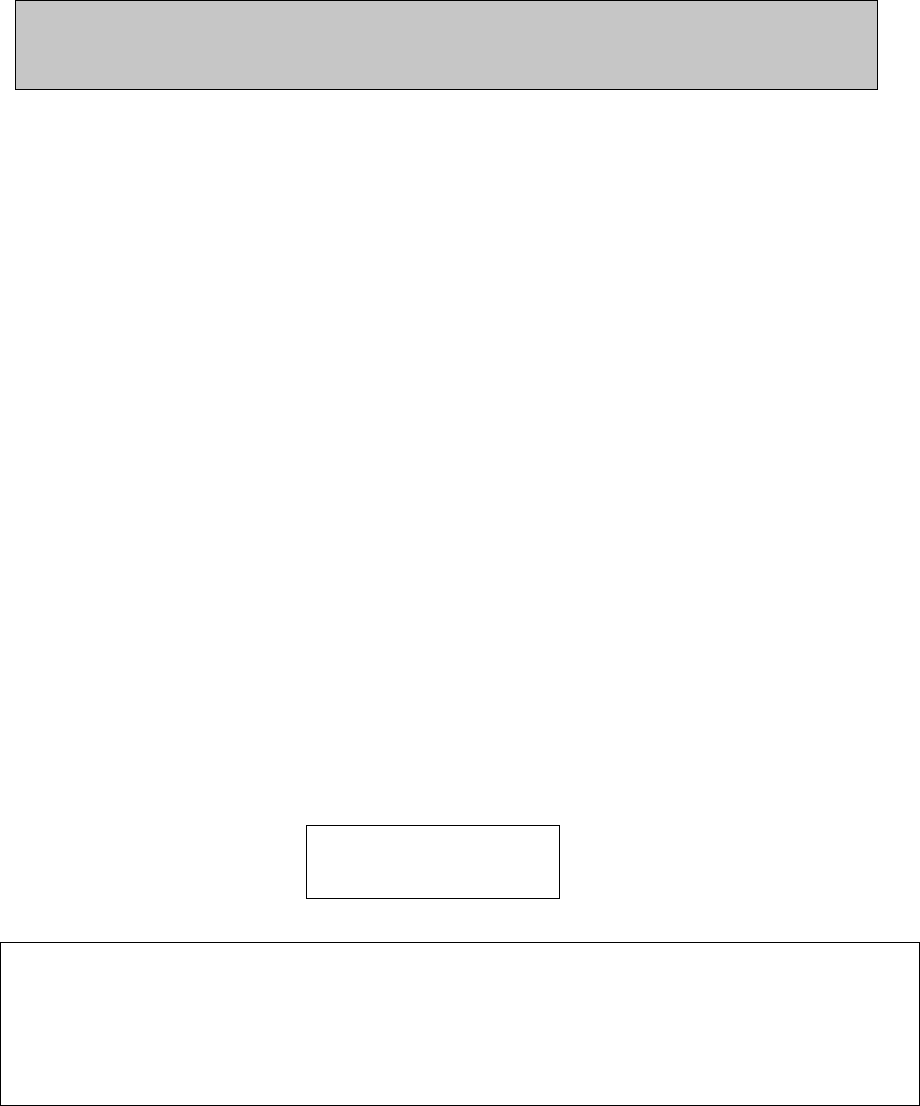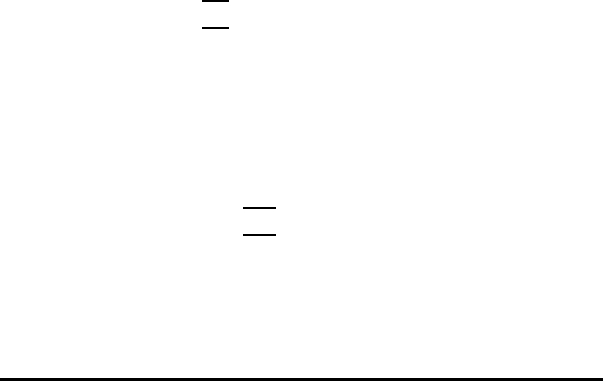Mesa Laboratories LSX1 Wireless limit switch User Manual
Point Six Inc Wireless limit switch
user manual

FCC ID: M5ZLSX1
Installation and Operation Instructions for the Limit Switch Transmitter model LSX-1.
Point Six, Inc.
Wireless Engine Parameter Transmitter
Model WOW-LSX1
Installation and Operation Instructions
The WOW-LSX1 wireless limit switch transmitter transmits opened-closed status and
counter data with a unique serial number to a 418 MHz receiver. The LSX1 is enclosed
in a metal limit switch enclosure with a plastic dome lid. The LSX-1 is a Lithium battery
powered device that is mounted as a conventional limit switch on an automatic or manual
valve actuator. The status and opened/closed counter values are transmitted once each
minute.
Application: Attach the LSX-1 as a conventional limit switch package to the valve
actuator to be monitored. The LSX-1 is battery operated so no power connection is
required. Remove the lid by backing out the four corner screws. Press the pushbutton
located next to the limit switch package momentarily to start the adjustment LED
function. For a period of four minutes two LEDs on the PCB will indicate the status of
the opened/closed limit switches, this is provided as an adjustment aid for alignment of
the magnetic limit switch actuators. During this four-minute adjustment period the LEDs
will reflect the status of the limit switches. After this time period the LEDs will be turned
off and will not follow the status of the limit switches.
Battery: A 3.6 Volt lithium battery powers the WOWLSX1 wireless limit switch
transmitter. The battery will last for more than 10 years in the. The user can replace the
battery.
THIS DEVICE COMPLIES WITH PART 15 OF THE FCC RULES, OPERATION IS
SUBJECT TO THE FOLLOWING TWO CONDITIONS: (1) THIS DEVICE MAY
NOT CAUSE HARMFUL INTERFERENCE AND (2) THIS DEVICE MUST ACCEPT
ANY INTERFERENCE RECEIVED, INCLUDING INTERFERENCE THAT MAY
CAUSE UNDESERED OPERATION
FCC ID: M5ZLSX1
MADE IN USA
Wireless Temperature Sensor Data Format
The Point Six, Inc. 418 MHz wireless transmitters require a compatible receiver with the
ability to receive, error check and provide RS232 and RS422/485 interface. This
document describes the data format provided by the HA8-WOW, HA9-WOW or HA10-
WOW 418 MHz. Receivers.
The transmit packet from a receiver is approximately 15 milliseconds in duration and
consists of 13 bytes of data:
1-byte ID/Mode field
8-byte serial number
2-byte temperature data
2-byte CRC-16 error check
The WOW receivers processe this packet. The receivers perform a CRC-16 error check
on the packet. If the data is not accurate it is discarded. When a packet is received that is
error free it is converted to a 29-character packet and transmitted out the serial port at
19,200 Baud. The data is transmitted serially in ASCII Hex format and terminated with a
CR character. This format requires two bytes for each byte of data; 14 data bytes x 2=28
plus the CR is 29 characters
The resulting binary data format of the packet is:
1-byte ID field this field will contain a byte whose LSBit indicates the service
state of the transmitter, 0=normal, 1=service mode.
8-byte serial# this field contains the serial number of the 1-Wire sensor.
2-byte temperature this field contains the temperature data stored MSB first in two's
compliment 16-bit form of 1/16 deg. C units.
2-byte CRC-16 this is the originally received data packet CRC as described above.
1-byte checksum the checksum is a mod 256 sum of all the ASCII character values
in the response but does not include the CR

Example: “LSX” Wireless Limit Switch Transmitter
91F1D61300050000070000BD2DE1<CR> string from an HA8
11F1D61300050000070000BD2DE1<CR> string from an HA9
The device type field: LSX has device type 91/11 hex. A 90/10 hex when in service
mode.
91F1D61300050000070000BD2DE1<CR> string from an HA8
11F1D61300050000070000BD2DE1<CR> string from an HA9
The MS-30 bits of these 4-bytes are the serial number of the LSX. The LS-2 bits are the
status flags for the open and closed limit switches. The LS bit (bit-0) is the Open switch
flag and the next most significant bit (bit-1) is the Closed switch flag.
91F1D61300050000070000BD2DE1<CR> string from an HA8
11F1D61300050000070000BD2DE1<CR> string from an HA9
This 24-bit field is the Open counter stored LS-byte first the value shown is a count of 5
open cycles.
11F1D61300050000070000BD2DE1<CR> string from an HA8
11F1D61300050000070000BD2DE1<CR> string from an HA9
THIS 24-BIT FIELD IS THE CLOSED COUNTER STORED LS-BYTE FIRST,
THE VALUE SHOWN IS A ACCOUNT OF 7 CLOSED CYCLES.
91F1D61300050000070000BD2DE1<CR> string from an HA8
11F1D61300050000070000BD2DE1<CR> string from an HA9
This field is the CRC-16 error check as was originally received and checked. This CRC
is over the first 11 bytes of the packet starting with the device type and ending with
inclusion of the temperature data.

91F1D61300050000070000BD2DE1<CR> string from an HA8
11F1D61300050000070000BD2DE1<CR> string from an HA9
This field is the mod 256 sum of all the ASCII character values in the response but does
not include the <CR>.
91F1D61300050000070000BD2DE1<CR> string from an HA8
11F1D61300050000070000BD2DE1<CR> string from an HA9
This is the CR terminator, 0Dhex.
FCC Radio Frequency Interference Statement
Wireless Limit Switch Transmitter FCC ID: M5ZLSX1
NOTE: This equipment has been tested and found to comply with the limits for
a Class B digital device, pursuant to Part 15, Subpart B, of the FCC Rules. This
equipment generates, uses, and can radiate radio frequency energy. If not
installed and used in accordance with the instructions, it may cause interference
to radio communications.
The limits are designed to provide reasonable protection against such
interference in a residential situation. However, there is no guarantee that
interference will not occur in a particular installation. If this equipment does
cause interference to radio or television reception, which can be determined by
turning the equipment off and on, the user is encouraged to try and correct the
interference by one or more of the following measures:
! Reorient or relocate the receiving antenna of the affected radio or television
! Increase the separation between the equipment and the affected receiver.
! Connect the equipment and the affected receiver to power outlets on separate
circuits.
! Consult the dealer or an experienced radio/TV technician for help.
MODIFICATIONS
Changes or modifications not expressly approved by Point Six Inc. could void
the user's authority to operate the equipment.